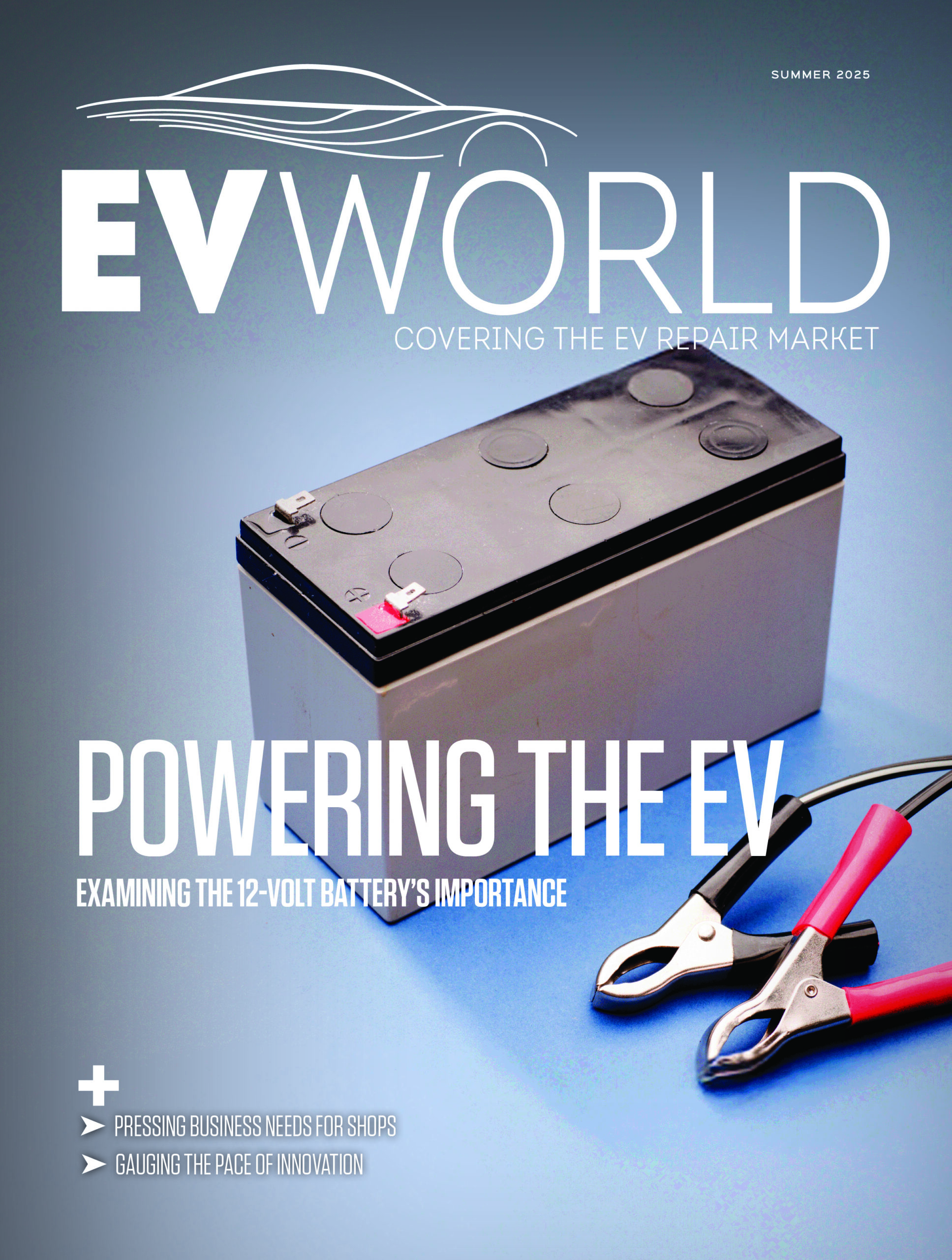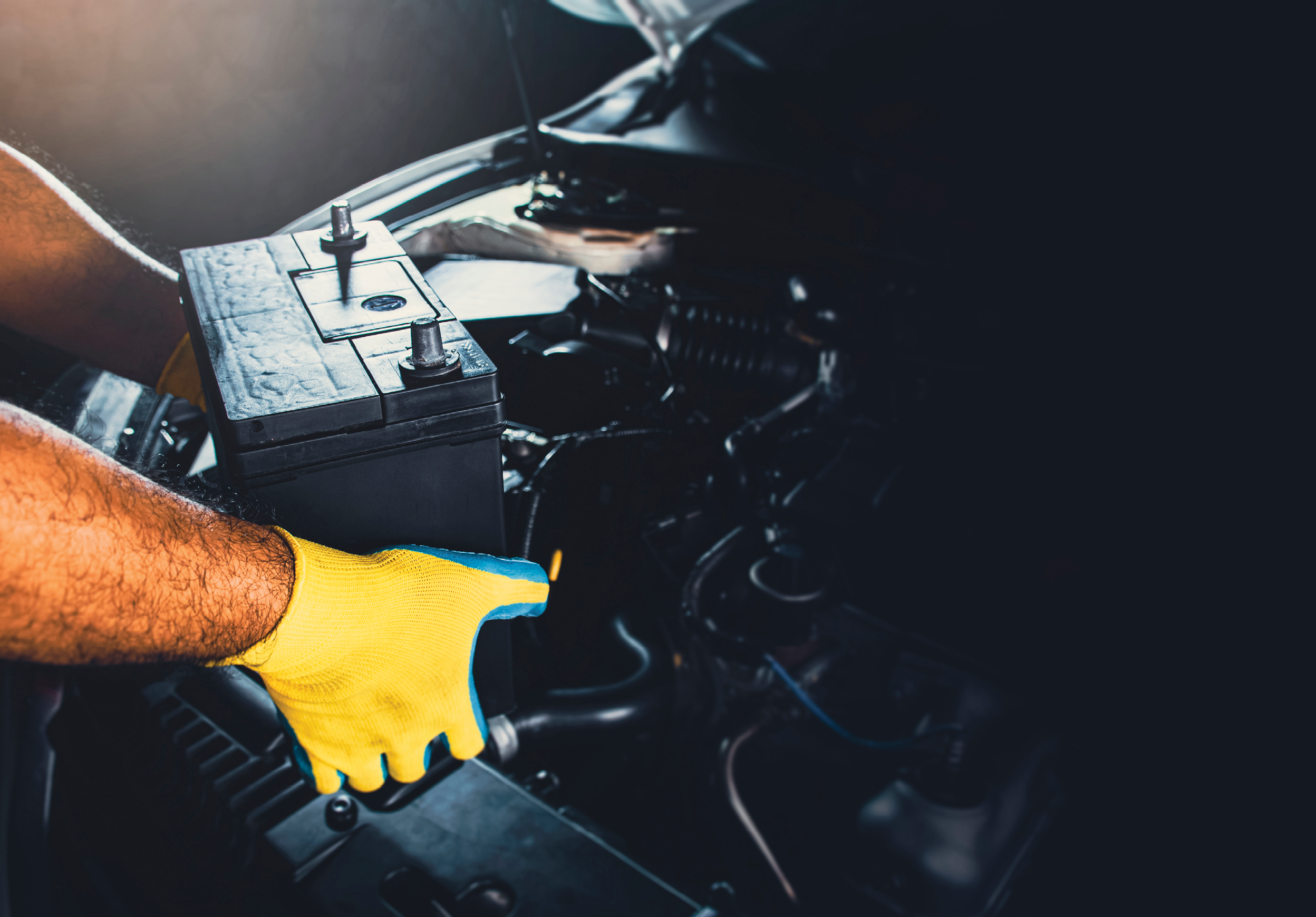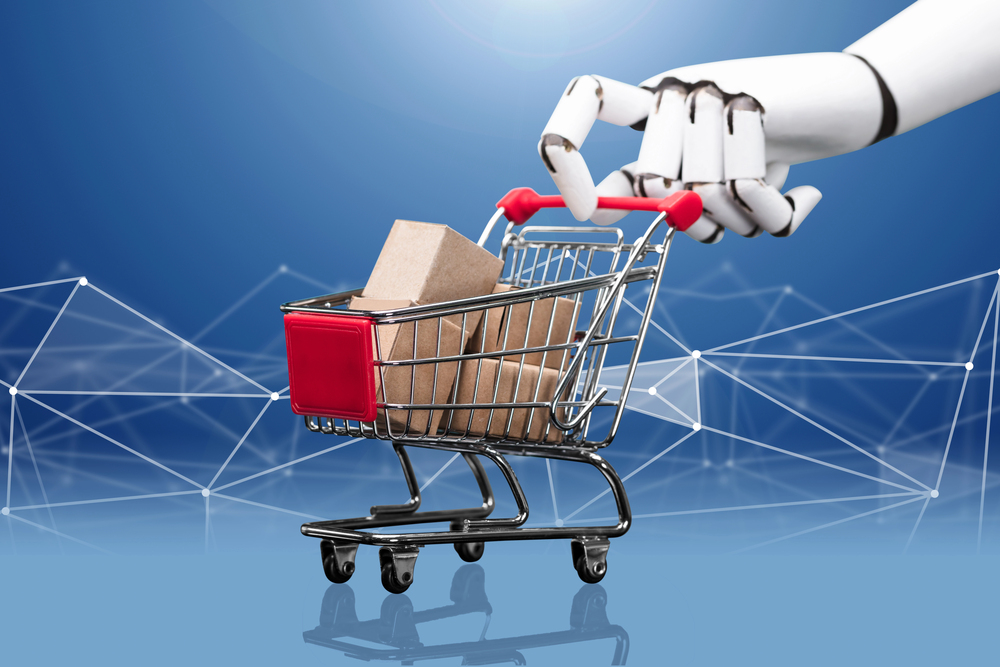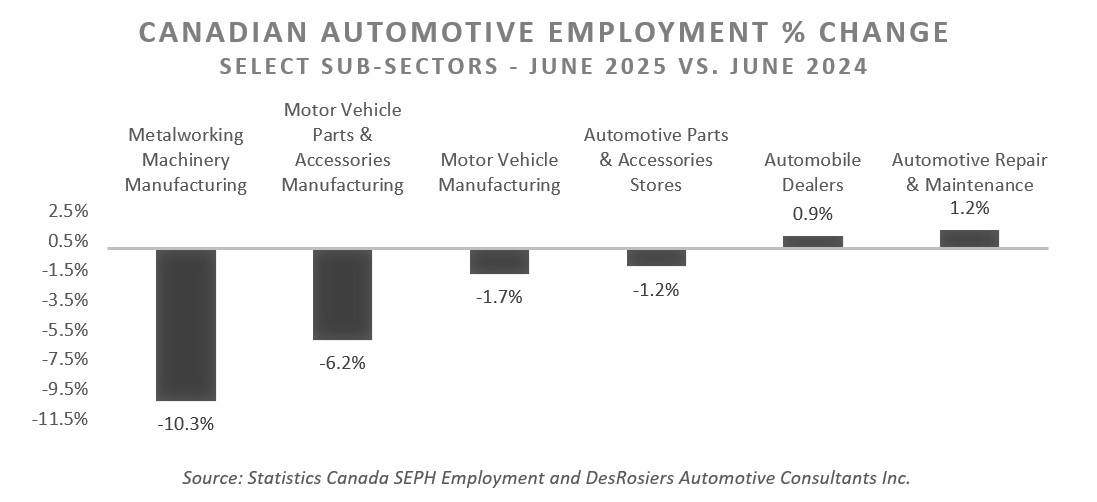
The automotive aftermarket is facing an unprecedented challenge from tech-driven retail giants, with Amazon and Walmart positioning themselves to disrupt traditional distribution channels.
Attendees of the recent MEMA Aftermarket Suppliers Vision Conference in Chicago heard that automotive aftermarket businesses need to adapt or risk being left behind. Investment in technology, supply chain optimization and customer experience will be crucial to competing in this new retail landscape, according to industry leaders.
Simeon Gutman, managing partner at Morgan Stanley, painted a stark picture of retail transformation.
“The big are getting bigger,” he warned during the 3 Dragons: Aftermarket Outlook session.
He highlighted a shift in retail dynamics. Amazon now captures 27 cents of every new retail dollar, Walmart 11 cents and Costco 8 cents – collectively controlling almost 50 per cent of every $200 billion in new consumer spending.
This “platformization” of retail represents a fundamental threat to traditional automotive parts distributors. Gutman explained that technology, scalable platforms and superior supply chain management are allowing these tech giants to rapidly capture market share.
While Amazon hasn’t yet fully penetrated the realm of automotive repair, it’s strategically targeting the broader automotive ecosystem.
“They’re focused on this end market,” Gutman noted, suggesting a calculated approach to disrupting automotive retail.
The strategy isn’t just about online sales. Gutman emphasized the importance of physical infrastructure, pointing to how Walmart invested in store appearances and last-mile delivery capabilities. For automotive aftermarket players, this means more than just developing an online presence — it requires comprehensive reinvestment in physical and digital platforms.
Critically, these tech giants are playing a long game. They’re willing to reinvest cash flow, following Amazon’s decades-long strategy of prioritizing growth over immediate profitability. This approach has allowed them to build massive, integrated platforms that traditional retailers struggle to match.
Take last-mile delivery — Walmart, Gutman noted, can get 93 per cent of its catchment area fulfilled with same-day delivery.
“And I look at that as an incursion, because for an industry that has the last mile built out, this represents an incremental threat,” he said.
Image credit: Depositphotos.com












Leave a Reply